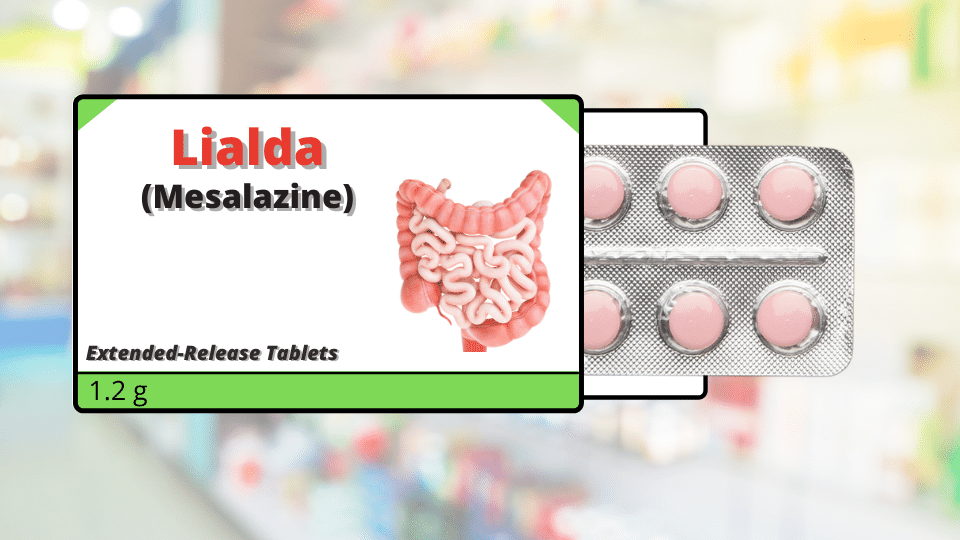Mesalamine is a prescription medication that is used in the treatment of ulcerative colitis and Crohn’s disease. It has anti-inflammatory effect and it sometimes is used with other medications (e.g., corticosteroids).
Mesalazine (mesalamine) is an anti-inflammatory agent that reduces inflammation in colon.
Generally, rectal mesalamine is used to treat active distal ulcerative colitis and proctosigmoiditis. It is sold under these brand names: Asacol, Pentasa and Salofalk.
Mesalazine rectal suppositories are available as:
Lie on your left side with lower leg extended and upper leg flexed forward toward your stomach. Insert the suppository into rectum after you remove the foil wrapper from it.
It is preferred to be used at bed time. Usually, the course of therapy for rectal dosage form is 3 to 6 weeks, however it can vary according to your doctor's instructions.
Store suppositories at a temperature below 25°C and protect them from direct light. In addition, freezing mesalamine suppositories should be avoided.
Before using this medication, you should consult your doctor if:
Common side effects associated with rectal use of mesalamine include:
In addition, anal irritation is a rare side effect that may occur due to the use of mesalamine suppository.
1. Kizior, R.J. and Hodgson, B.B. (2018). Saunders nursing drug handbook 2019. Philadelphia: Saunders. 5R
2. British Medical Association (2015). British Medical Association new guide to medicine & drugs. London: Dorling Kindersley. 3R
3. Joint formulary committee, BNF 80 (The British National Formulary), 80th Revised edition, Pharmaceutical Press, London, United Kingdom, [2020]
4. Charles F. Lacy, Lora L. Armstrong, Morton P. Goldman, Leonard L. Lance/ Drug Information Handbook/ 17th edition/ Hudson, OH, United States/ Lexi-Comp,U.S./ 2008
Mesalazine (Lialda) is a prescription medication that is used in the treatment of ulcerative colitis and Crohn�s disease.

Common side effects of mesalamine (Lialda) include: nausea, abdominal pain, diarrhea, dizziness, headache, vomiting.

The urethra is a muscular canal that extends from the neck of the bladder to the exterior of body. Read more about the anatomy of urethra in this article.

Chronic kidney disease (CKD) is a disease in which irreversible damage to the kidneys leads to a reduction in kidney function. CKD has 5 stages and many complications.

Learn about medical uses, safety profile, mechanisms and interactions of statins.

Comprehensive guide on Ozempic (semaglutide), including its uses, dosage, side effects, warnings, and interactions.
.png)